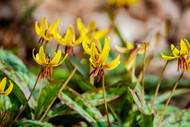Benefits of Using Native Perennials in Your Landscape
Feb 15, 2025
Benefits of Using Native Perennials in Your Landscape
Different regions of the U.S.- or the world, for that matter- boast unique biomes. Culture often reflects how people adapt to those biological systems. Climate, soil, and geography all impact the plants and animals that grow in different parts of the country. Yet technology and modern infrastructures allow for the transplanting and resettling native species worldwide. While we can celebrate exposure to new and exotic flora, there is something to be said for the fostering and promoting native plants and grasses in any given area. Perennial species are particularly helpful.
What Exactly Are Perennials
Among horticulture enthusiasts, the term perennial is used to distinguish native plants that return from dormancy for more than two growing seasons. This separates them from annuals and biennials. Like these two categories, perennials will grow and flourish throughout the spring and summer, then decay and die over the autumn and winter. Unlike them, however, perennials bloom again over several years or longer. This saves landscapers and gardeners the time and money that go with frequent re-planting. Most grasses are perennials, but not all flowers and shrubs qualify for this designation.
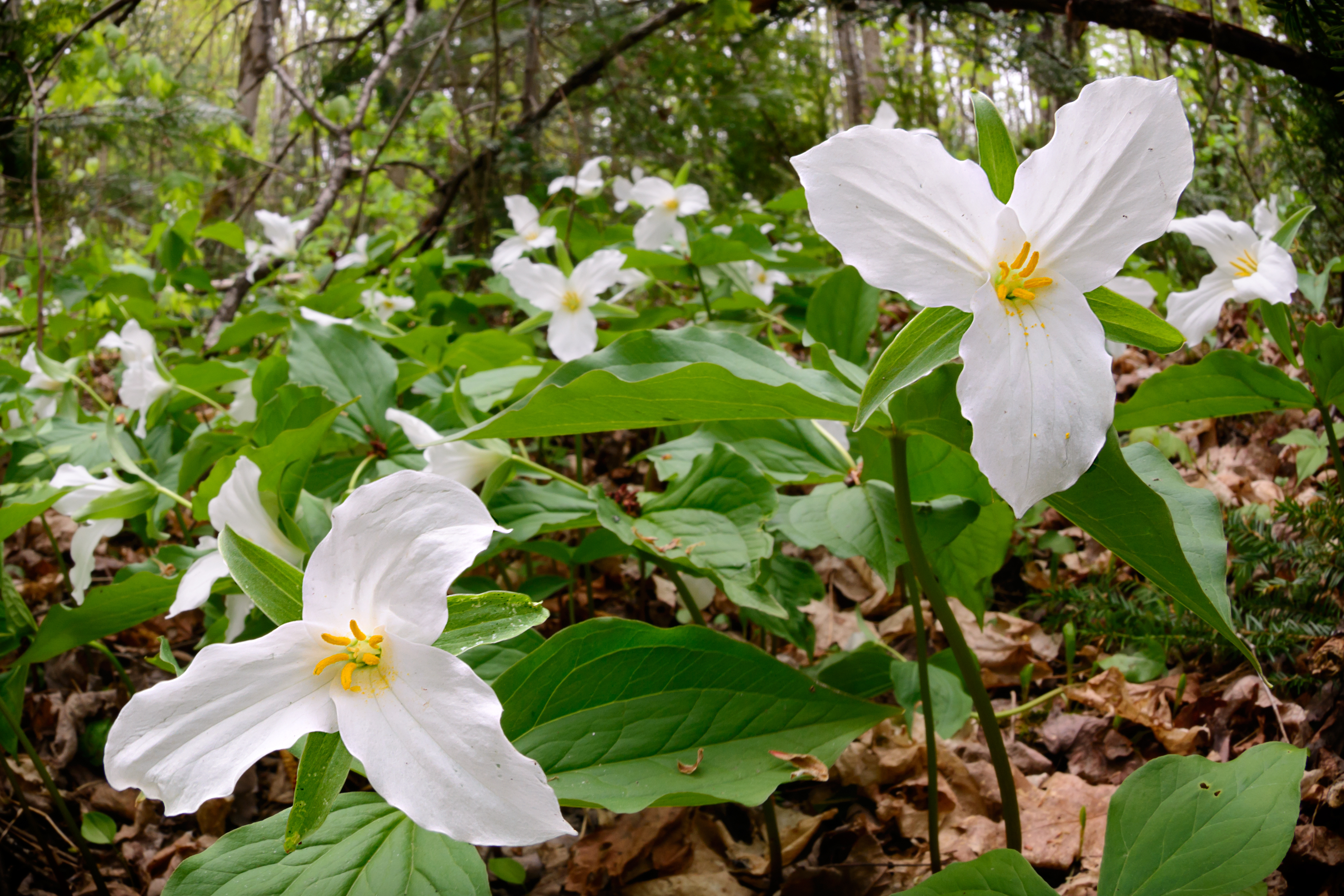
What Makes a Plant Native?
Native plants have emerged and occur naturally in a location without any intervention by humans. These become the primary food sources for native animals. Native plants to the U.S. and Canada, for example, are those that were growing on this continent ahead of long-term settlement by Europeans. Pumpkins, cranberries, many types of cacti, the common blue violet, and the Azure blue sage -- among many others -- are all native to North America. In this day and age, though, do native species possess any advantages over imported flora from elsewhere?
What Gives Native Species the Edge?
Between urban sprawl and easy access to seeds of all varieties, native plants lose ground (literally!) to alluring and unusual breeds from far away. Although this replacement might provide the aesthetic appeal property owners desire, it comes with negative ecological ramifications. According to the Audubon Society, the attractiveness-over-ecosystem ethic yields "a green, monoculture carpet" of uniform lawns across the United States that loses the carrying capacity for biological diversity for both plant and animal species. The good news is, nevertheless, that native plants can convey an appealing appearance while also improving ecological health.
Native Plants Require Minimal Maintenance
Surviving for centuries without caretakers, native flowers and shrubs tend to be hardy and robust, well-suited to local climate, and resistant to predators and diseases. For instance, plants from the genus Trillium have a reputation for successfully braving insects and diseases, with few exceptions. These grow in temperate regions of North America.
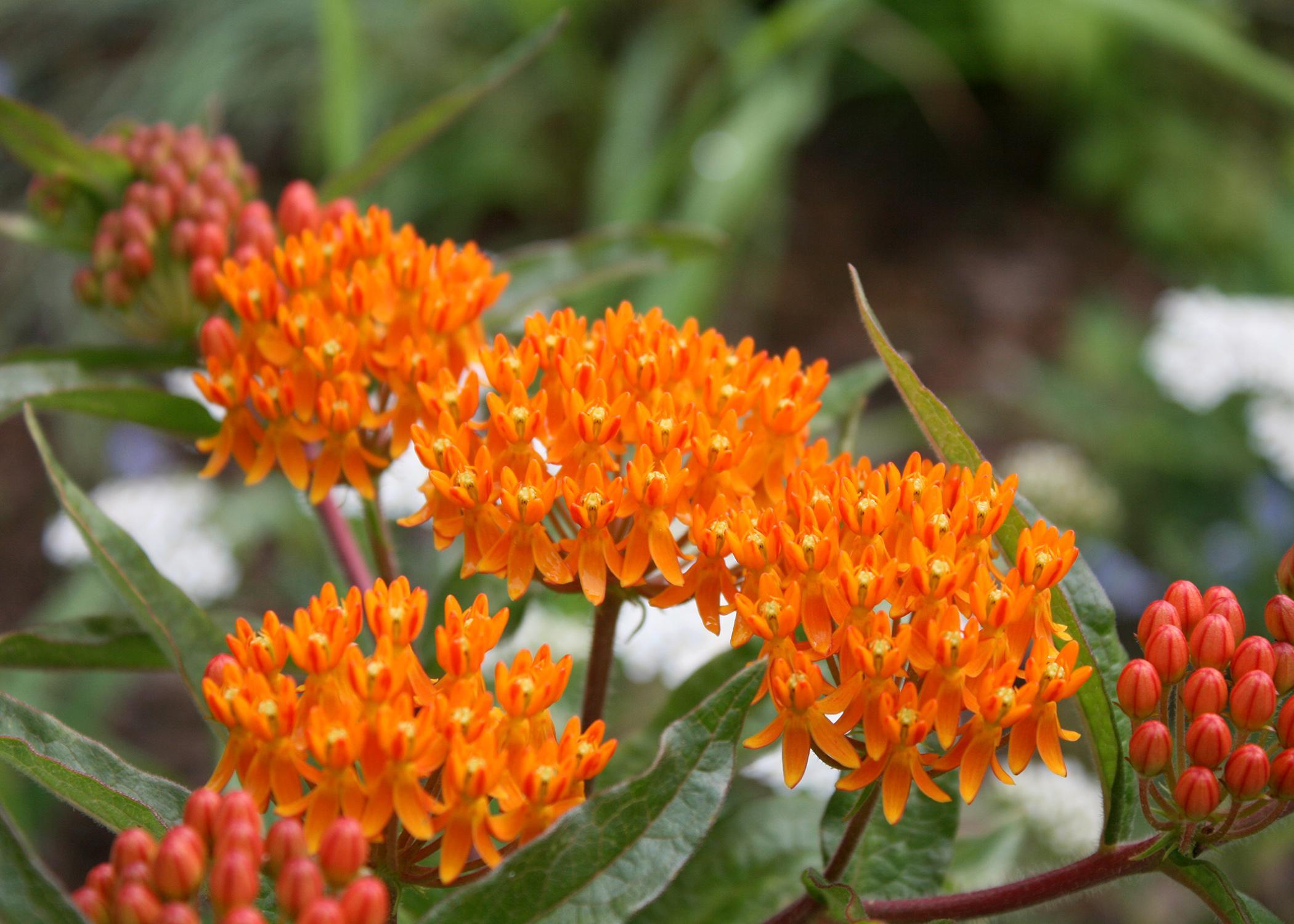
Native Species Are Radiant and Interesting
You need not look outside your own corner of the world to find plants that are both enticing to the eye and engaging to the mind. Indian Pink is a wildflower indigenous to the southwestern United States. In the latter part of the spring, this flower reveals a colorful combination of red and yellow on its trumpet-like blossoms. Its beauty draws bees and butterflies for pollination purposes. Hummingbirds are also fans of this native perennial. Moreover, it does just fine in the shade.
Native Perennials Enhance Human Heath
Whereas those "green, monoculture carpets" and adjacent alien shrubs demand regular administrations of chemical fertilizers and synthetic prophylactics against pests or weeds, native perennials have little need for artificial substances. These chemicals can produce adverse effects relative to human health and wellness. On the other hand, the more self-reliant native species can avoid such artificial interventions and thus spare property owners any such hazards.
Better for Carbon Off-Setting
Perhaps because they thrive in their native soil, many regionally domestic flora demonstrate an increased capacity to capture carbon gas. In this way, they fight the damage inflicted by climate change. Evidence suggests that native grasses, in many cases, do better in sequestering carbon emissions than transplanted species.
Native Species Save on Water Usage
Well-adapted to local moisture patterns, native perennials remain robust and healthy with minimal water other than normal precipitation. This spares homeowners the time, money and bother of frequent irrigation. Ephemeral (short-lived) perennials like Virginia Spring Beauty flower grow in moisture-rich soil, subsisting on water from beneath.
Native Landscapes Support Diverse Animal Species
Virginia Bluebells are another ephemeral perennial. This particular plant can grow to a foot and a half, offering a pollination source to hummingbirds, bees, and butterflies. Additionally, they can provide cover for small mammals to avoid hawks and other predators, making a sterile backyard into a vibrant ecosystem.
Native perennials match any transplant asset for asset. Plus, they are hardier and less dependent on people for tender, loving care.

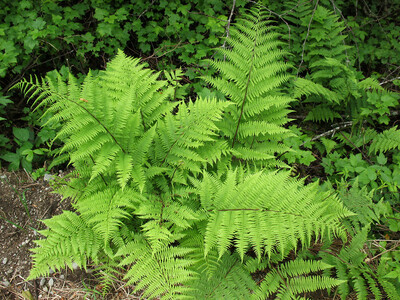 Native Ferns
Native Ferns
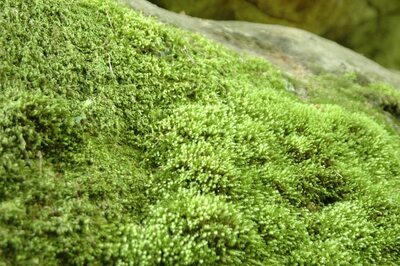 Native Mosses
Native Mosses
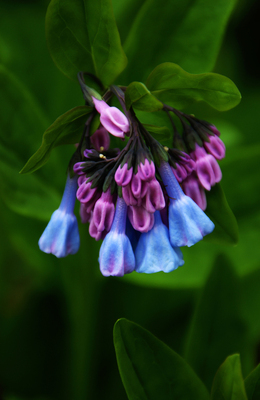 Native Perennials
Native Perennials
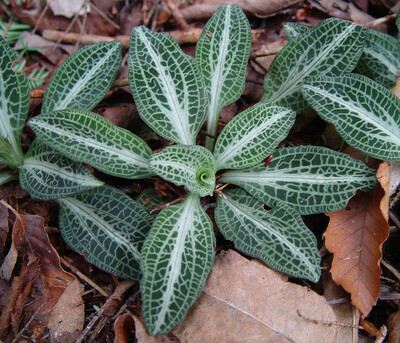 Native Ground Covers
Native Ground Covers
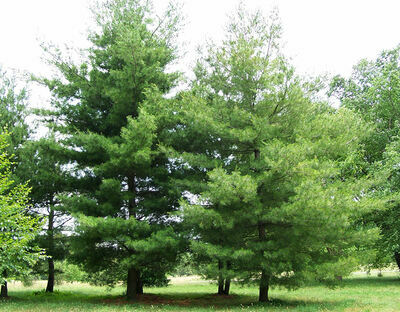 Native Trees
Native Trees
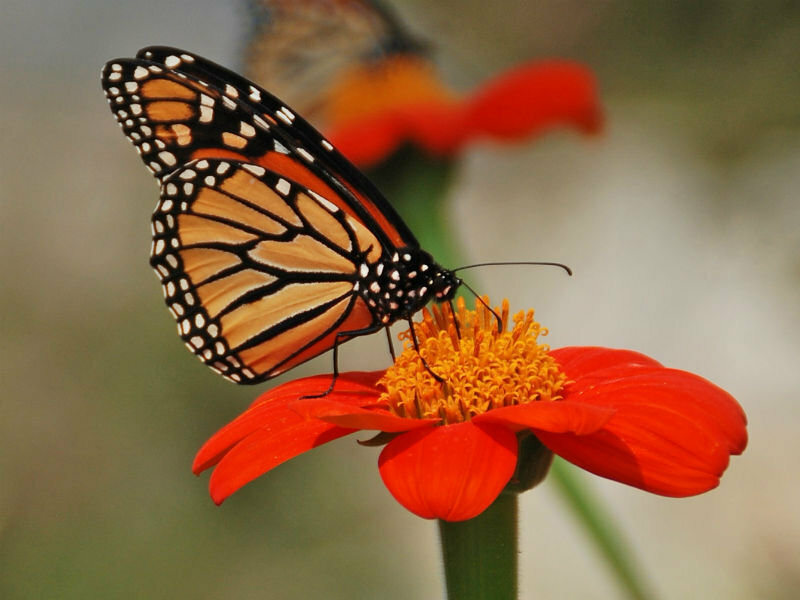 Pollinators
Pollinators
 Shop Bloom Color
Shop Bloom Color
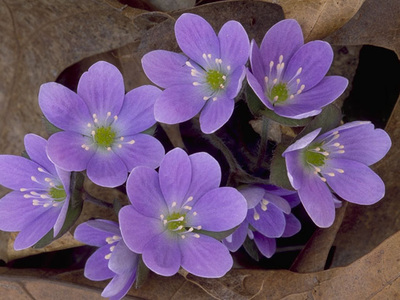 Perennials By Zone
Perennials By Zone
 Medicinal Herb Plants
Medicinal Herb Plants
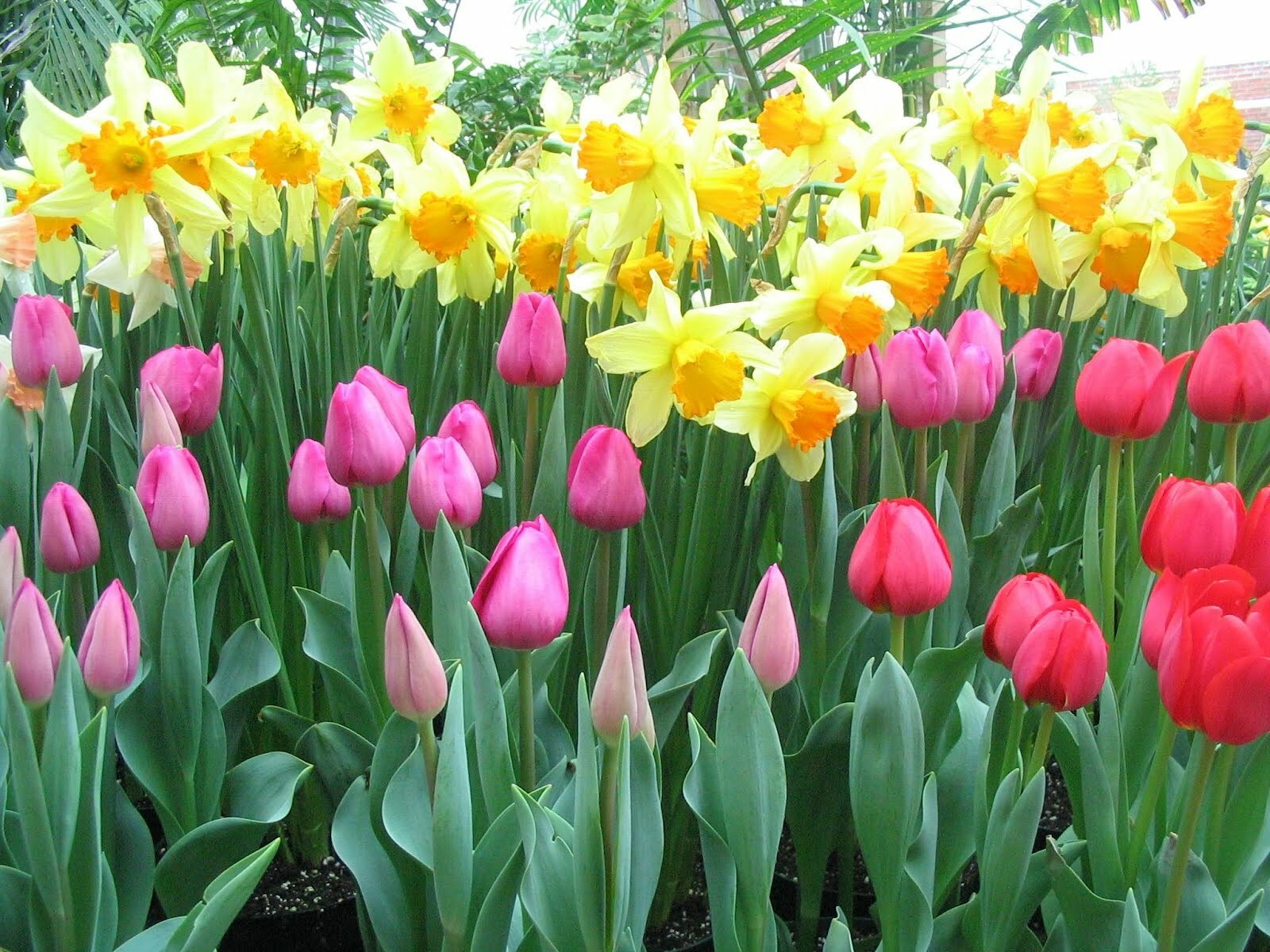 Spring Bulbs
Spring Bulbs
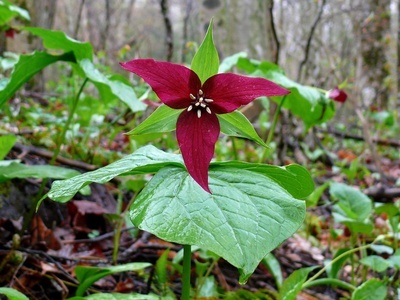 Trillium
Trillium
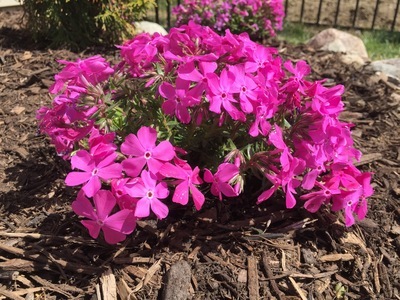 Shop By Zone
Shop By Zone
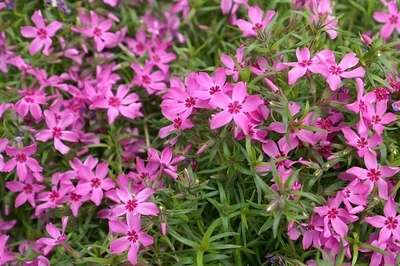 Flowering Groundcovers
Flowering Groundcovers
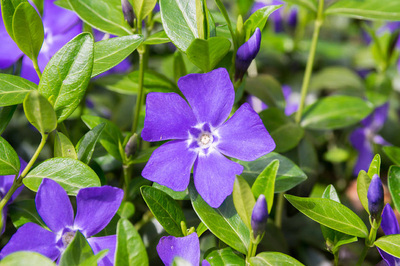 Evergreen Groundcovers
Evergreen Groundcovers
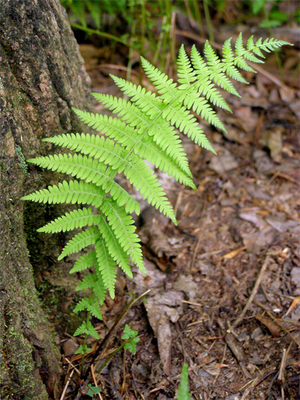 Ferns for Zone 3
Ferns for Zone 3
 Ferns for Zone 4
Ferns for Zone 4
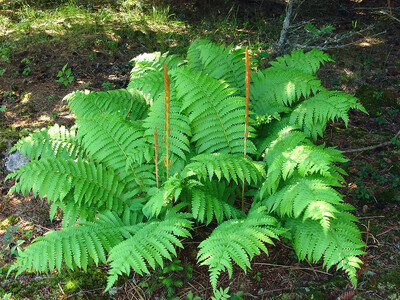 Ferns for Zone 5
Ferns for Zone 5
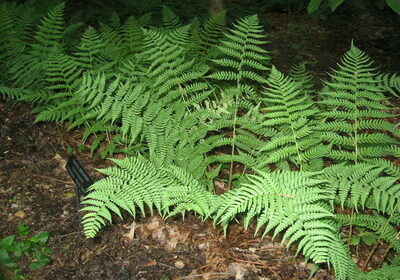 Ferns for Zone 6
Ferns for Zone 6
 Ferns for Zone 7
Ferns for Zone 7
 Ferns for Zone 8
Ferns for Zone 8
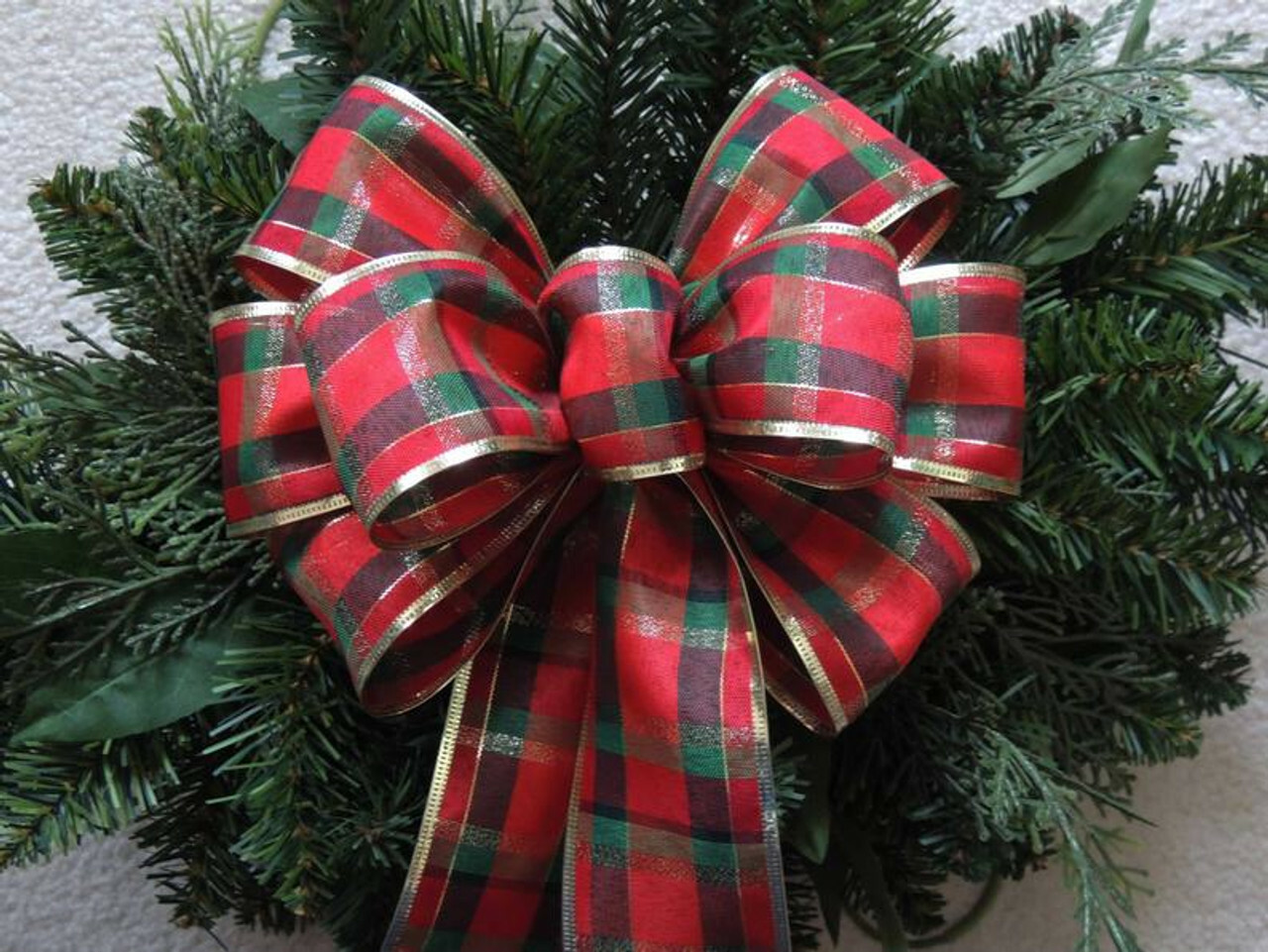 Christmas bows
Christmas bows
 Fresh Wreaths
Fresh Wreaths
 Garlands
Garlands
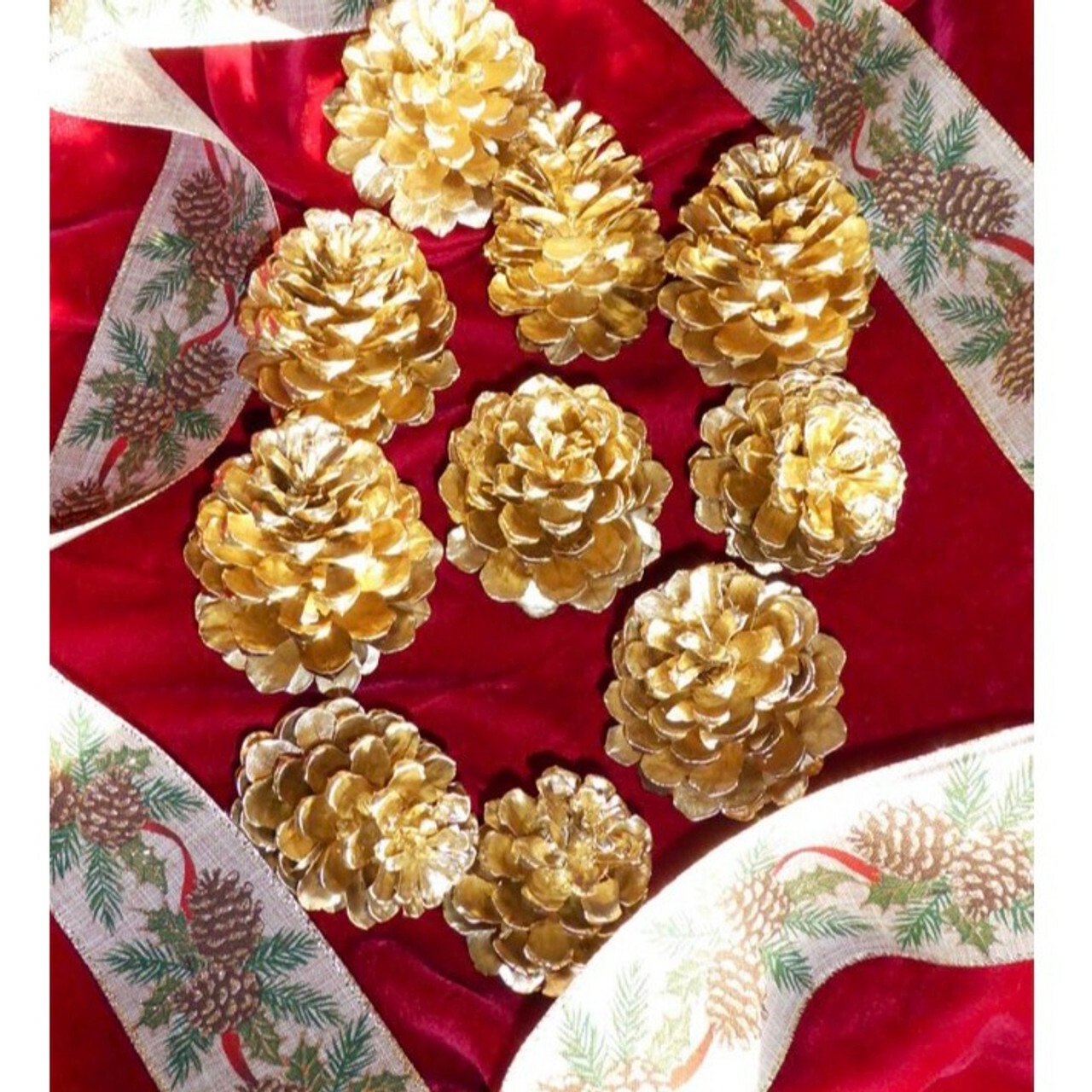 Large Pine Cones
Large Pine Cones
 Live Mistletoe
Live Mistletoe
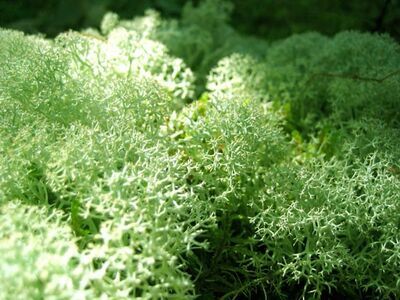 Moss
Moss
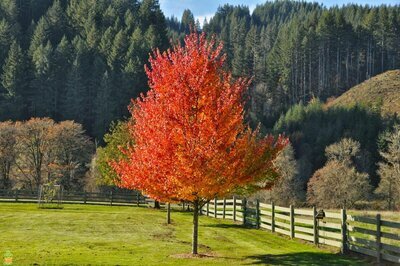 Shop Trees By Zone
Shop Trees By Zone
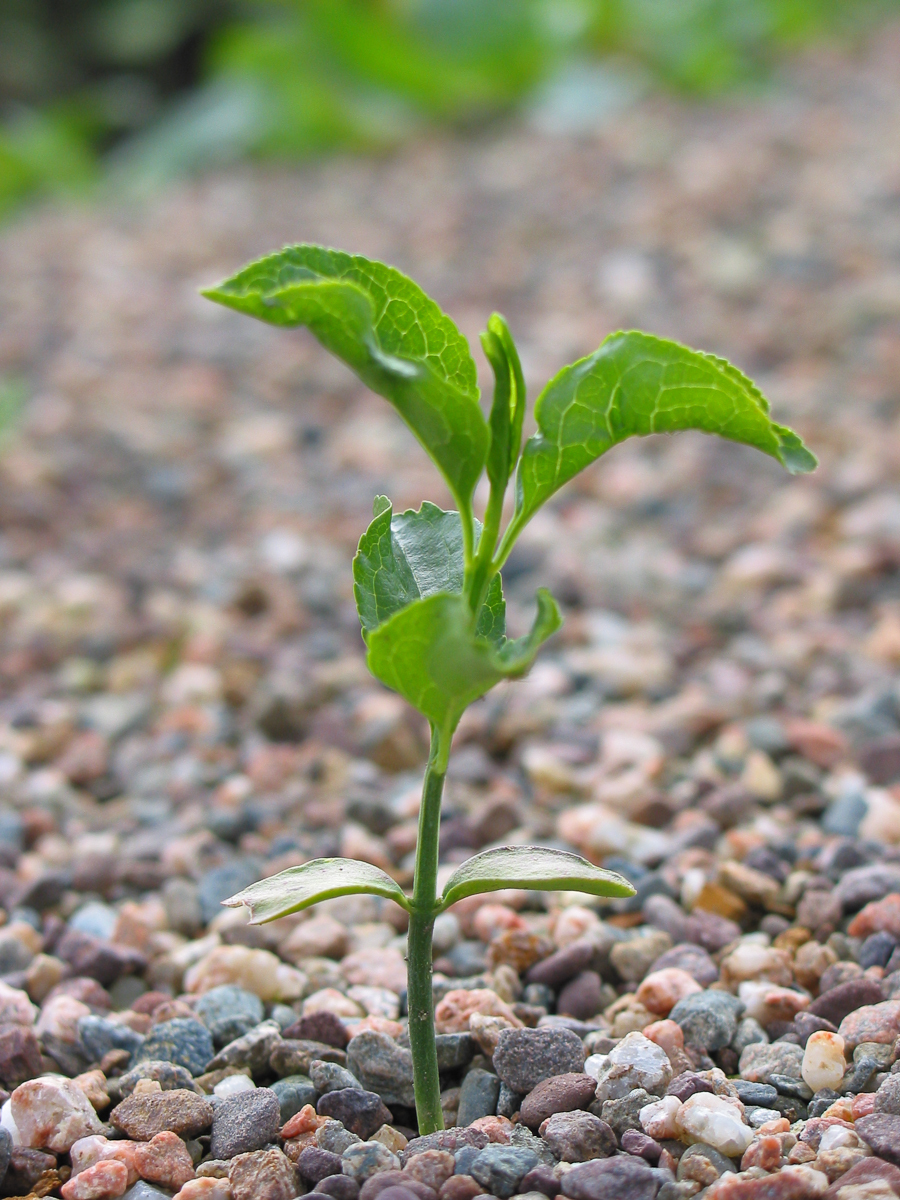 Tree Seedlings
Tree Seedlings
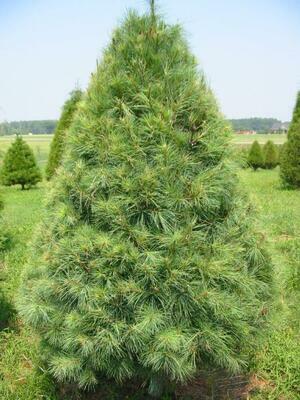 Fast Growing Trees
Fast Growing Trees
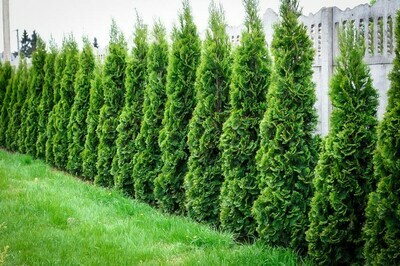 Pine Trees
Pine Trees
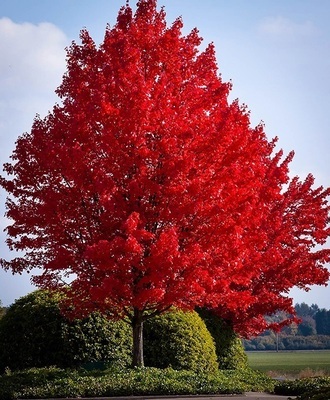 Live Stakes
Live Stakes
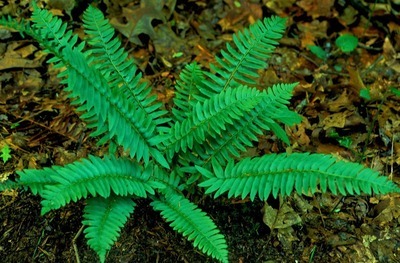 Evergreens
Evergreens
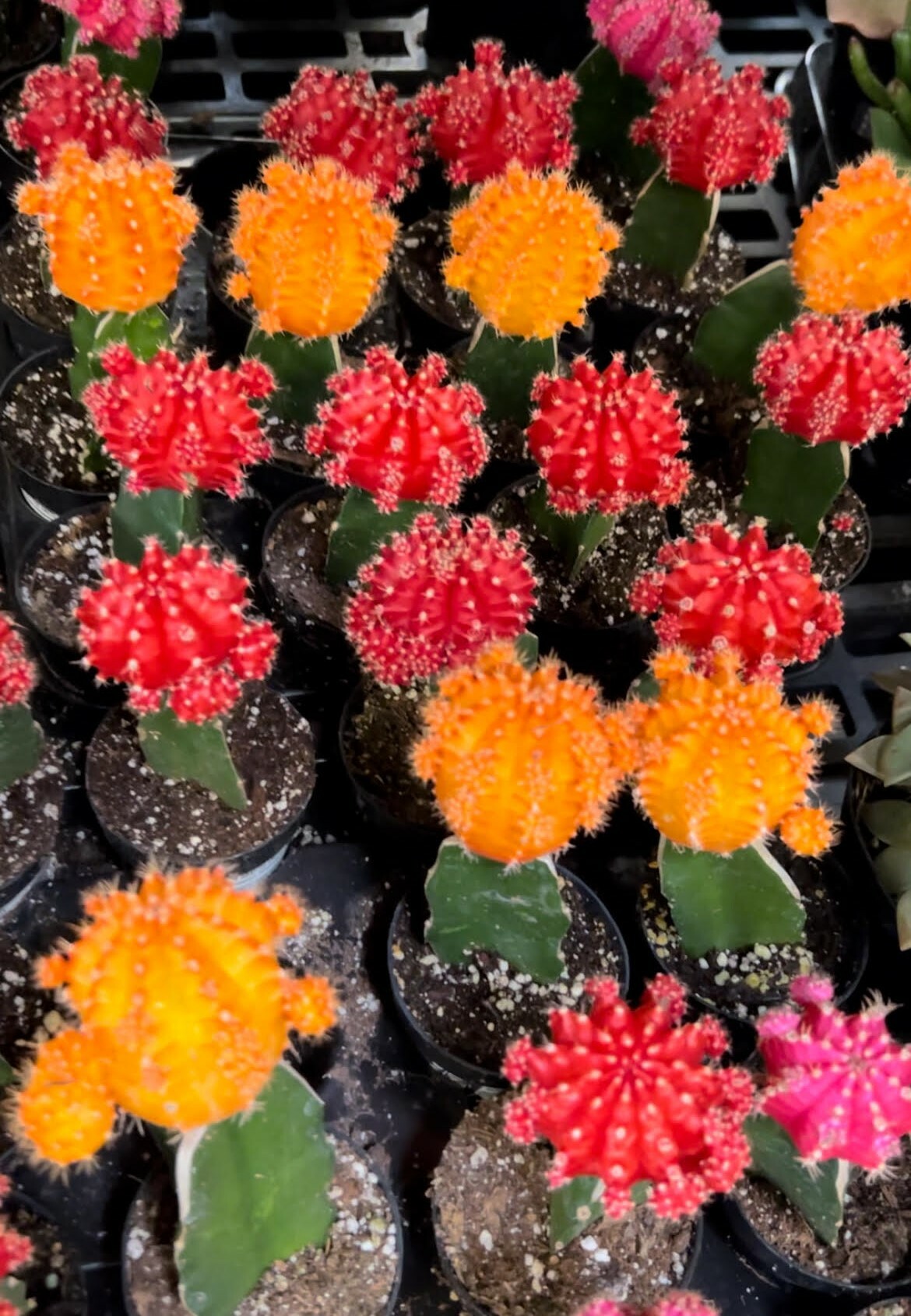 Cactus
Cactus
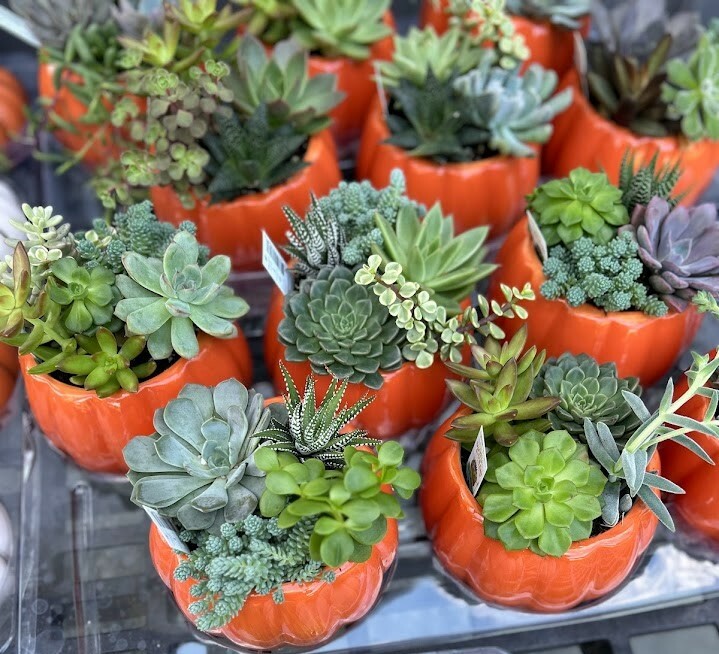 Combos
Combos
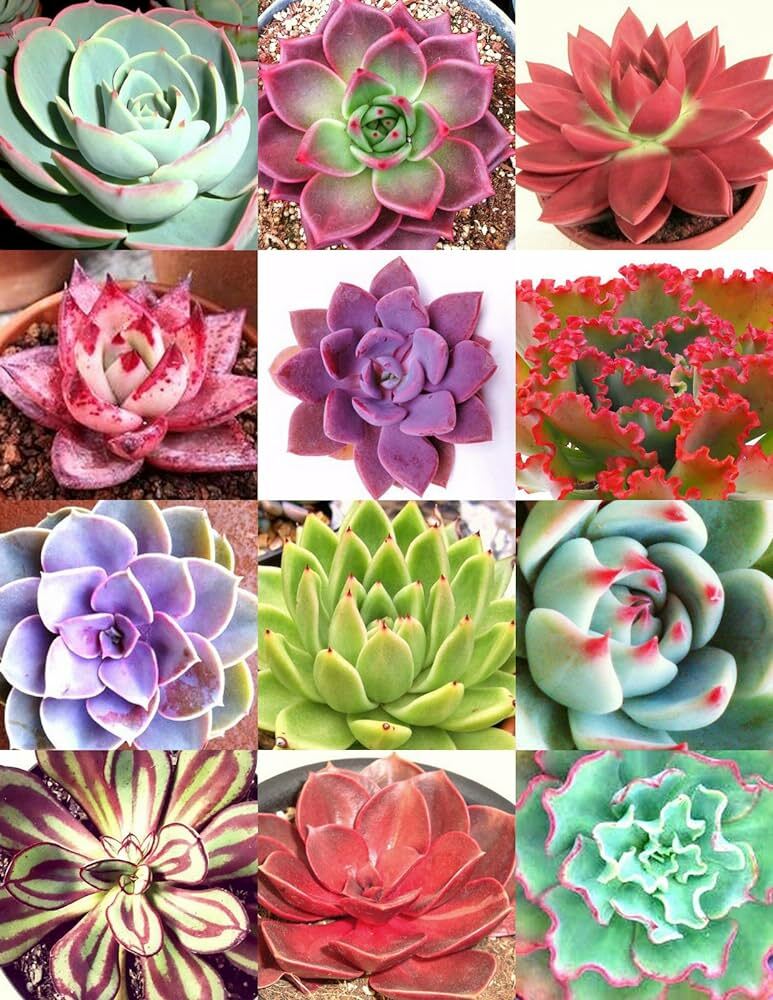 Echeveria
Echeveria
 Haworthia
Haworthia
 Sedum - Stonecrop
Sedum - Stonecrop
